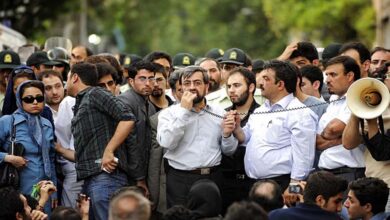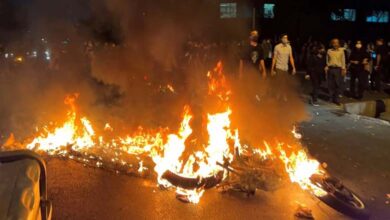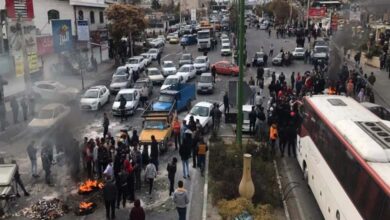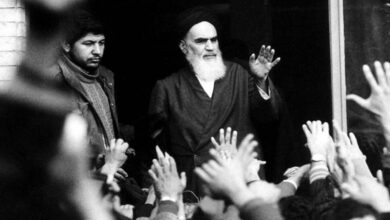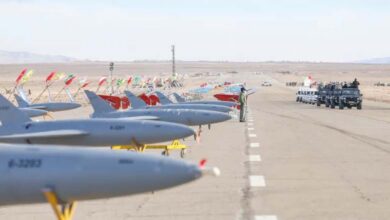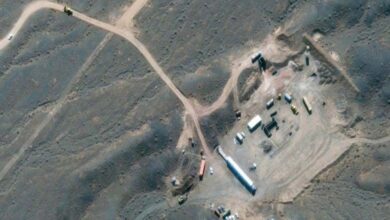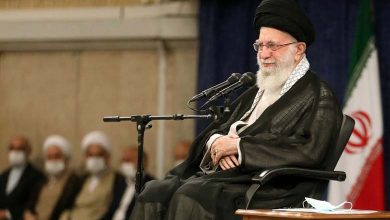Iran’s Nuclear Program Surpasses the Threshold of Military Resolution: Uranium at a Dangerous Level
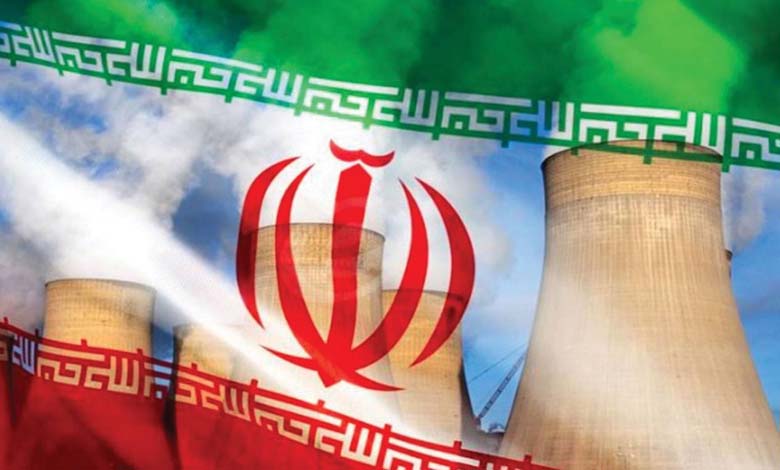
A confidential report by the International Atomic Energy Agency (IAEA), obtained by the Associated Press, has brought Iran’s nuclear file back to the forefront of the international agenda.
The revelation coincides with escalating tensions between Tehran, Tel Aviv, and Washington, following more than two months of strikes by Israel and the United States against Iran’s nuclear facilities.
The report revealed that Iran has increased its stockpile of enriched uranium to a level dangerously close to weapons-grade material, raising the stakes of the current crisis and opening fundamental questions about the trajectory of the confrontation ahead.
-
Large-scale cleanup operation at a nuclear site: Is Iran erasing evidence of secret activity?
-
Under the Rubble… Iran reveals the fate of uranium after the U.S. strike
Alarming figures
According to the document, as of June 13—on the eve of Israel’s military strikes—Iran had accumulated 440.9 kilograms of uranium enriched to 60 percent, an increase of 32.3 kilograms compared to May. Internationally, the 90 percent threshold is defined as weapons-grade enrichment.
Roughly 42 kilograms of uranium enriched to 60 percent would suffice for one nuclear bomb if further enriched.
Beyond the numbers, a critical concern is the lack of on-site inspections since Israel’s attacks. The IAEA confirmed the withdrawal of inspectors as a “necessary” security measure, but nonetheless described Iran’s suspension of cooperation as “deeply regrettable.”
-
Iranian-European Talks on Nuclear Issue and Sanctions
-
After the war… 4 scenarios shaping Iran–U.S. relations
Washington between concern and military action
The United States, which views any Iranian move toward nuclear weapons as a red line, has voiced concern. While the State Department declined to issue an official comment, its spokesperson stressed that Washington would remain “vigilant against any Iranian attempt to rebuild its capabilities” and was prepared to take “all necessary measures” to prevent Tehran from obtaining a nuclear weapon.
In June, the U.S. military carried out strikes on three sites inside Iran. President Donald Trump described the operation as causing “massive destruction at all nuclear sites,” adding that “annihilation” was the more accurate term for the scale of the attacks.
-
Iran threatens to use more advanced ballistic missiles if attacked by Israel
-
Diego Garcia: U.S. Withdrawal from a Base Used to Deceive Iran
However, an initial assessment by the Defense Intelligence Agency painted a more cautious picture: the strikes delayed Iran’s nuclear program by only a few months. This divergence created internal tensions, culminating in Defense Secretary Pete Hegseth dismissing the agency’s director, Lt. Gen. Jeffrey Kruse.
Israel: preventive strike and the question of effectiveness
For years, Israel has asserted that it would never allow Iran to acquire a nuclear bomb, even if it had to act alone. The June 13 attack was a direct manifestation of this doctrine.
-
Iran Does Not Rule Out a New War and Prepares for the Worst
-
European Troika Poised to Confront Iran with the Sanctions Weapon
Yet, the IAEA figures indicate that Tehran had already reached dangerous enrichment levels prior to the strikes, raising doubts about the operation’s effectiveness. Previous bombing campaigns have similarly failed to prevent Iran from restarting its nuclear activities or improving its enrichment technology.
Tehran, for its part, continues to claim that its nuclear program is peaceful and geared toward energy production and medical purposes. Nevertheless, its enrichment at 60 percent—a level with no civilian justification—combined with its decision to restrict inspector access, fuels deep international suspicion.
-
Why Has Iran Reactivated Its National Defense Council?
-
Iran announces upcoming visit by IAEA inspectors within two weeks
An uncertain path forward
Despite military and political escalation, the future of Iran’s nuclear file remains unsettled. IAEA Director General Rafael Grossi has urged that technical arrangements be reached “without delay” to resume full inspections. Tehran’s response, however, will depend on the balance of power and the scale of international pressure.
According to the Associated Press, the latest report makes clear that military strikes alone are insufficient to halt Iran’s nuclear trajectory. Any lasting solution will require a political and diplomatic approach that goes beyond the logic of military force.
-
Production Gap: Deadly Flaw in U.S. Missile Shield Exposed by Iran War
-
Israel threatens to resume war against Iran
-
Iran Drives Istanbul Nuclear Talks into a Deadlock


